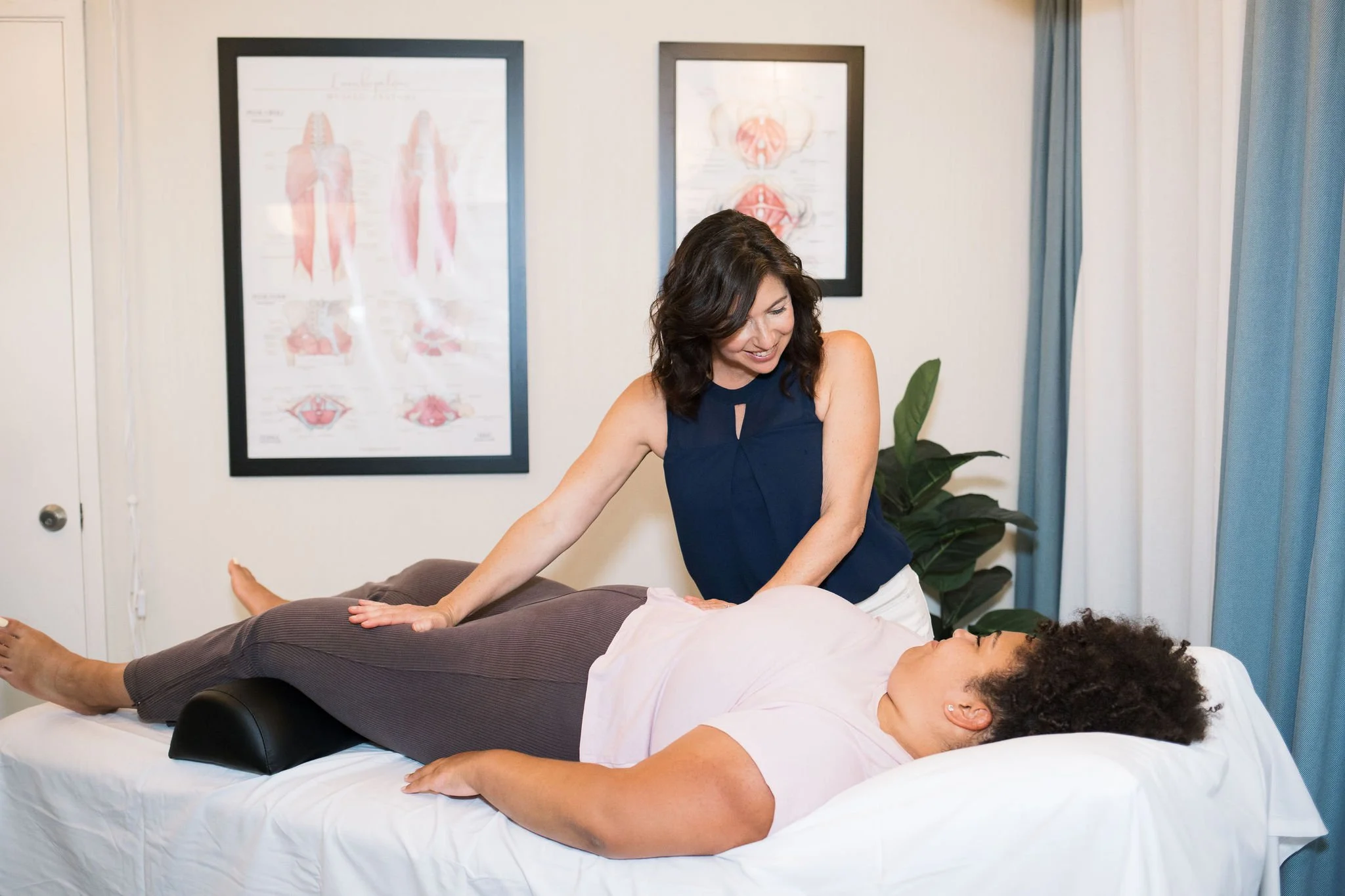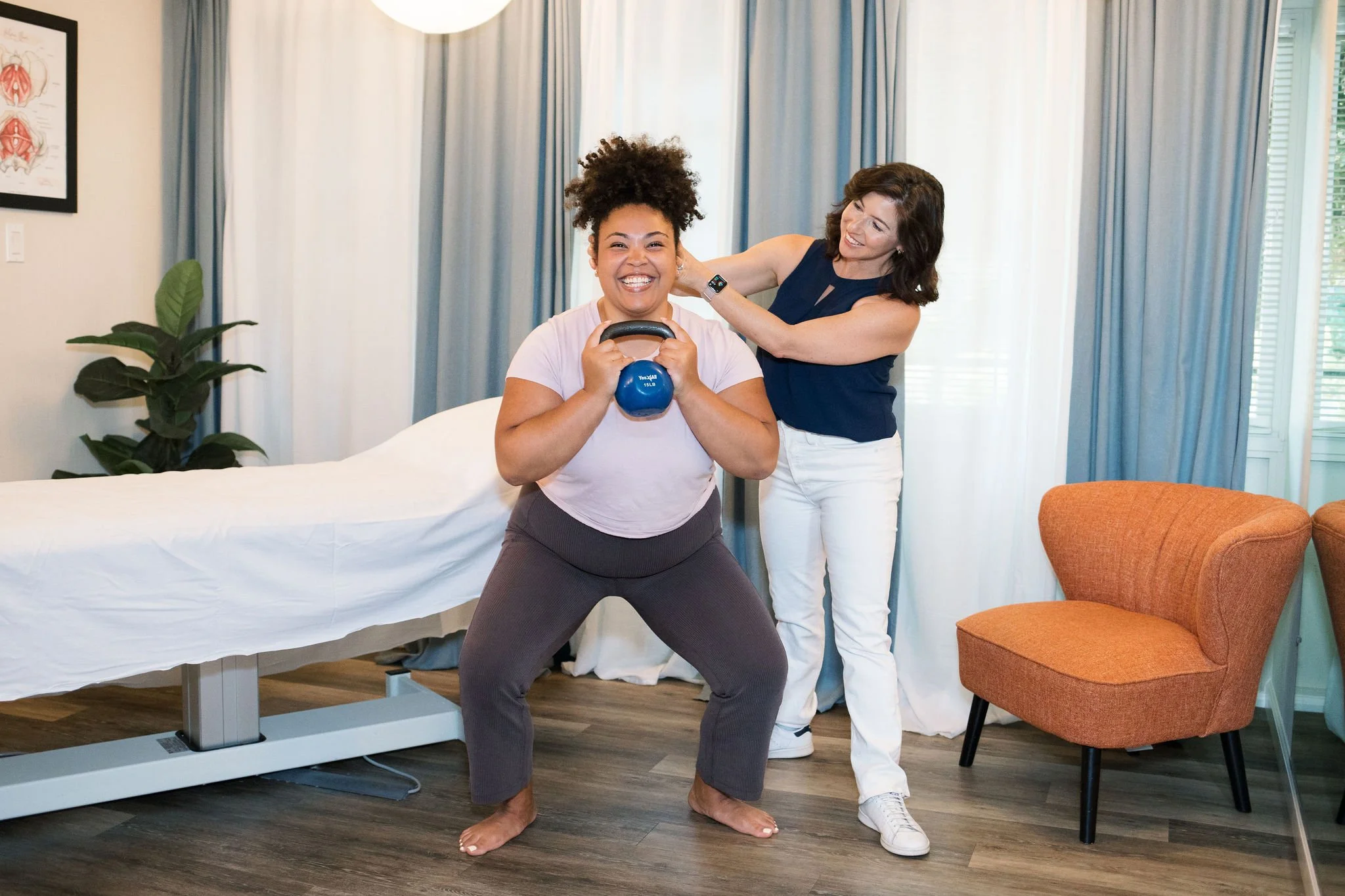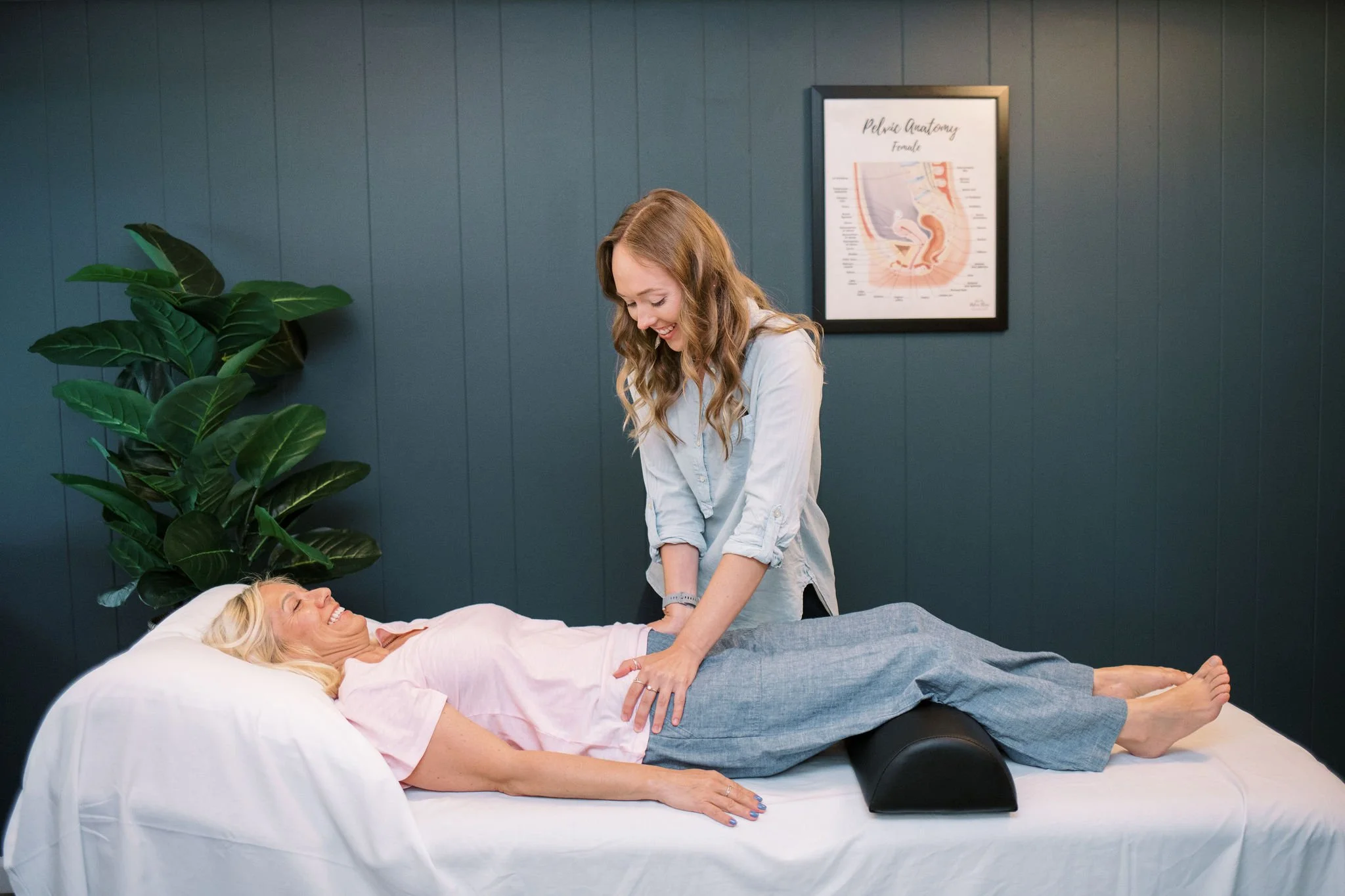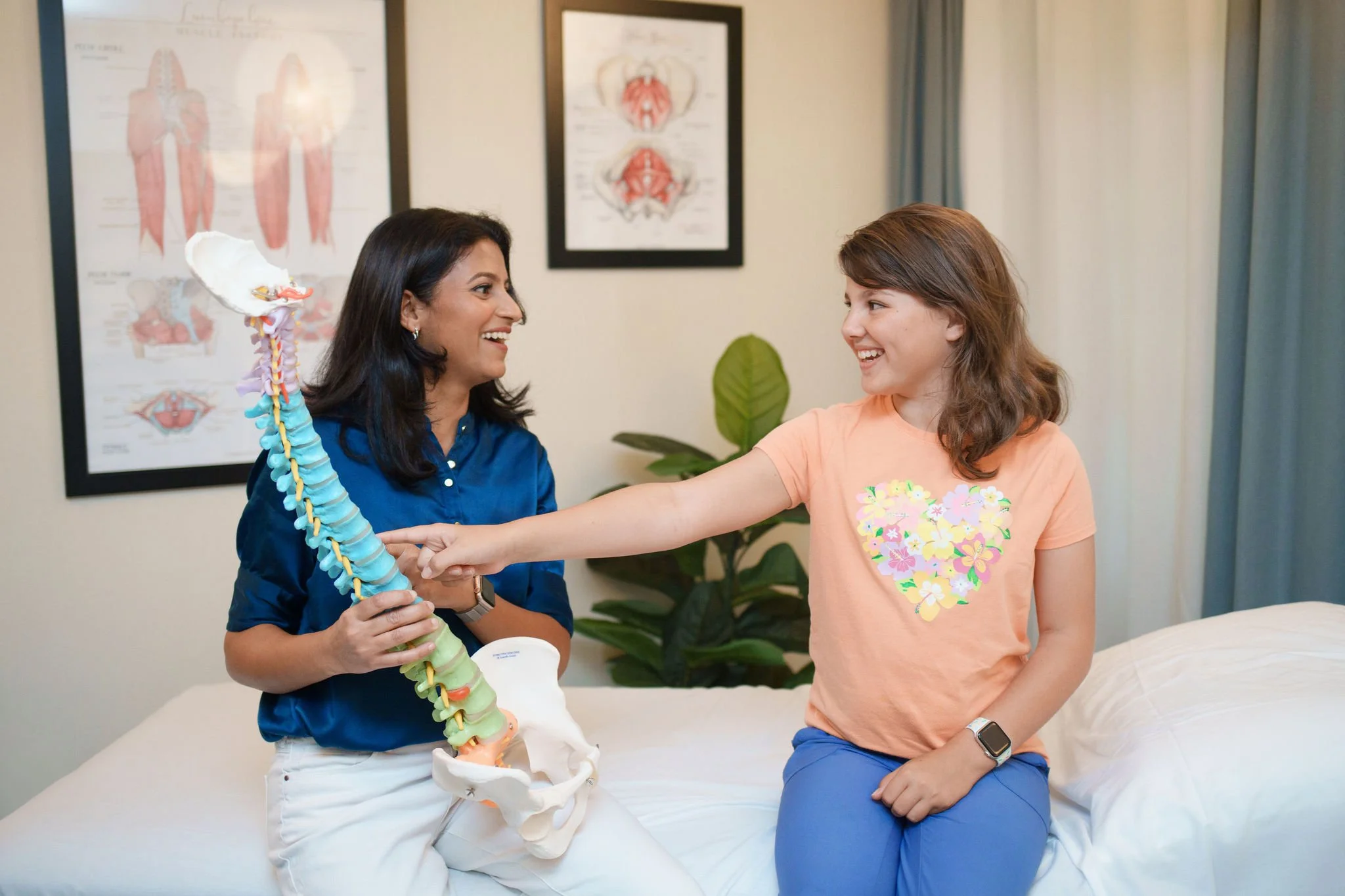
Pelvic Pain
Finally, Relief From Pelvic Pain
Chronic pelvic pain can touch every part of your life — but it’s treatable, and you don’t have to endure it any longer.
We Treat
Pelvic pain (vulvar, vaginal, clitoral, perineal, rectal)
Pain during or after sex
Discomfort sitting or using tampons
Irritation from clothing
Urinary urgency or hesitancy
Frequent nighttime urination
Sacroiliac or tailbone pain (coccydynia)
Vulvar burning (vulvodynia) and localized pain (vestibulitis syndrome)
Endometriosis-related pelvic pain
Bladder pain (interstitial cystitis)
How We Help
Pelvic pain is complex—sometimes caused by overactive muscles, scar tissue, nerve irritation, or protective tension in the pelvic floor. Our specialized pelvic floor physical therapy identifies the true source of your pain and treats it directly.
Our Approach
Gentle, Hands-On Care – We use manual therapy to release tight or overactive muscles, ease scar tissue restrictions, and calm irritated nerves.
Targeted Exercises – Restore balance between weak and tight muscles so your pelvic floor can function without pain.
Breathwork & Relaxation – Teach your body how to downtrain a guarded pelvic floor, reducing chronic tension.
Bladder & Bowel Retraining – Normalize urgency, frequency, or hesitancy by retraining the nervous system and pelvic floor connection.
Whole-Body Integration – Address posture, hips, back, and core to ensure lasting relief and prevent flare-ups.
Education & Empowerment – We give you the tools to understand your body, manage symptoms, and take control of your healing.
Your First Visit
Full history + pelvic exam (internal optional) in a safe, supportive space
Immediate hands-on treatment to reduce pain
Significant relief for most within 1–3 sessions
Direct Access
No referral needed—California law gives you direct access to physical therapy. You can book with us anytime.
Insurance & Rates
We operate out-of-network to provide the highest quality care without restrictions.
PPO plans: Pay at the time of service; we’ll provide a superbill you can submit to your insurer for reimbursement (typically 30–90%).
HSA/FSA: Accepted.
HMO plans: These plans generally do not reimburse for out-of-network care, but many patients still choose to see us for the high-quality, specialized care we provide.
Rates: You can view our current rates anytime in the scheduling tool.










